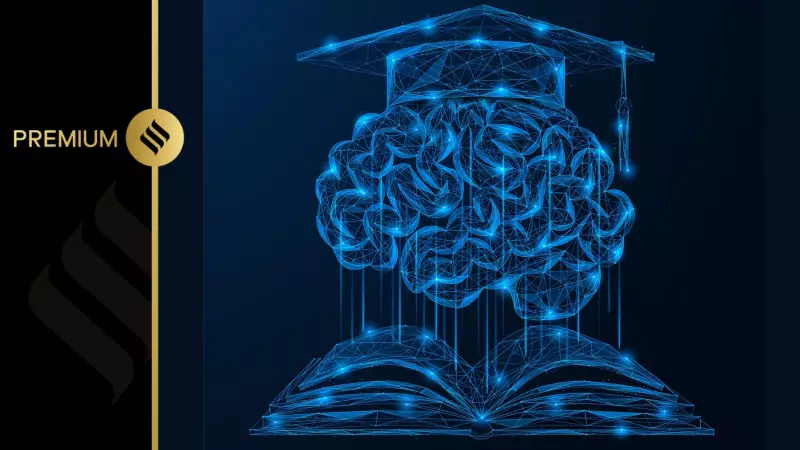
As artificial intelligence sweeps through classrooms worldwide, India stands at a critical crossroads. The integration of AI in education promises revolutionary changes in how students learn and teachers instruct, but this technological leap threatens to deepen existing educational inequalities across the nation.
The Promise and Peril of AI in Education
Artificial intelligence offers transformative potential for Indian education. From personalized learning paths to automated administrative tasks, AI tools can customize education to individual student needs, identify learning gaps, and provide real-time feedback. These technologies could fundamentally reshape the traditional classroom experience, making learning more engaging and effective.
However, this technological revolution comes with significant challenges. The digital infrastructure required for effective AI implementation remains unevenly distributed across India. While urban private schools rapidly adopt cutting-edge AI tools, many government schools and rural institutions struggle with basic internet connectivity and computer access.
The Infrastructure Gap: Urban vs Rural Reality
The disparity in technological readiness between different regions and school systems is staggering. Elite private institutions in metropolitan areas are already experimenting with sophisticated AI platforms, while schools in remote villages often lack reliable electricity, let alone the high-speed internet necessary for AI applications.
This infrastructure gap creates a dangerous scenario where AI could become another factor widening the educational divide. Students with access to AI-enhanced learning may accelerate their progress, while those without such resources fall further behind, creating a technological caste system in education.
Teacher Training: The Human Element in AI Integration
Successful AI implementation requires more than just hardware and software—it demands skilled educators who can effectively integrate these tools into their teaching methodologies. Currently, comprehensive teacher training programs for AI utilization are scarce, particularly in government schools and rural areas.
Without proper training and support, even schools with adequate technological infrastructure may fail to harness AI's full potential. Teachers need to understand how to use AI as an educational tool rather than seeing it as a replacement for their expertise.
The Way Forward: Balancing Innovation and Equity
Addressing these challenges requires a multi-pronged approach:
- Infrastructure Development: Accelerating digital infrastructure projects in rural and underserved areas
- Teacher Empowerment: Creating comprehensive training programs for educators at all levels
- Affordable Solutions: Developing cost-effective AI tools accessible to budget-constrained schools
- Policy Framework: Establishing guidelines for ethical and equitable AI use in education
The integration of AI in Indian education represents both an unprecedented opportunity and a significant responsibility. As the nation moves toward technological advancement in classrooms, ensuring that no student is left behind must remain the priority. The success of India's AI education journey will be measured not by technological sophistication alone, but by how equitably these benefits are distributed across the diverse spectrum of Indian learners.





